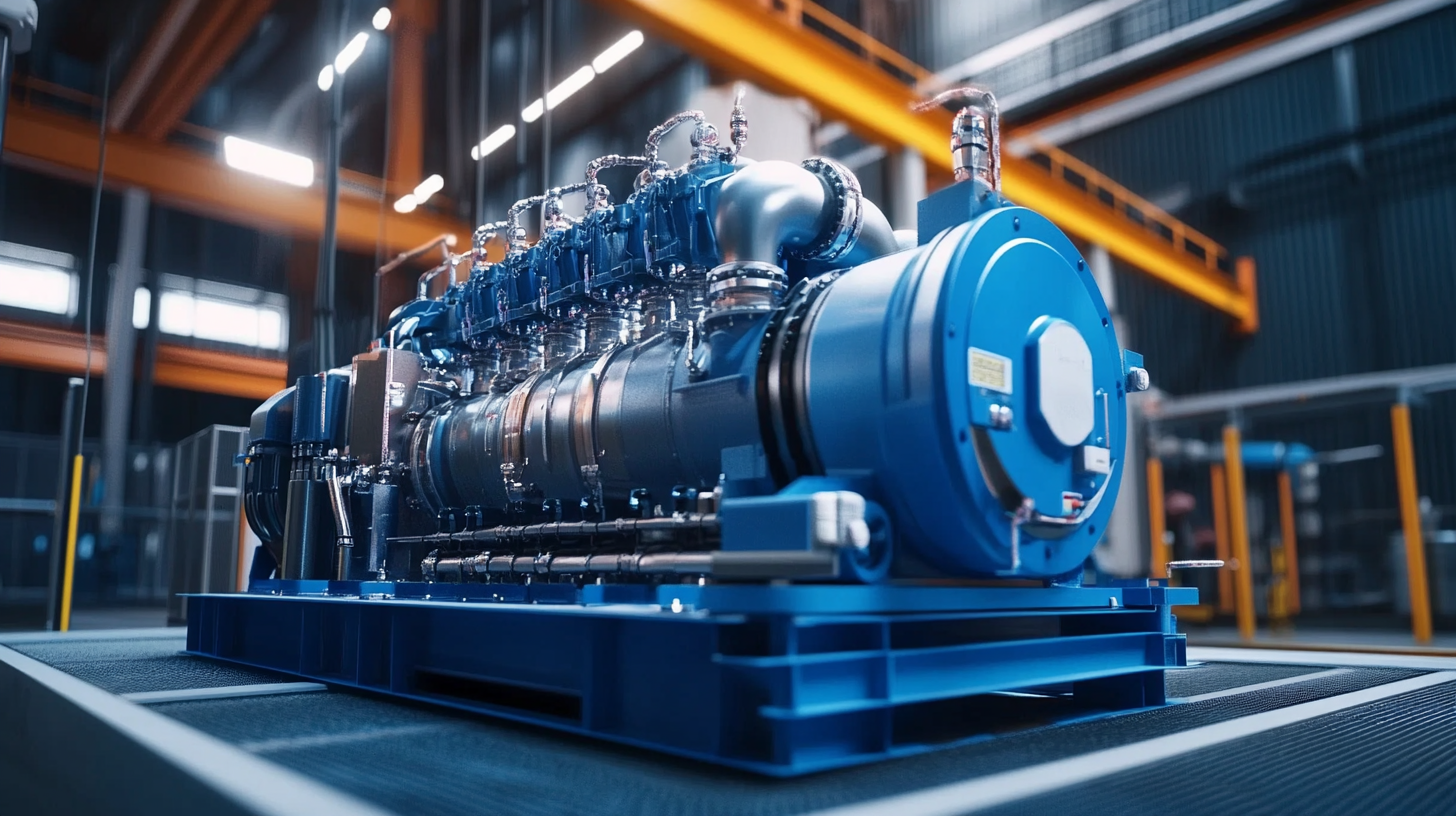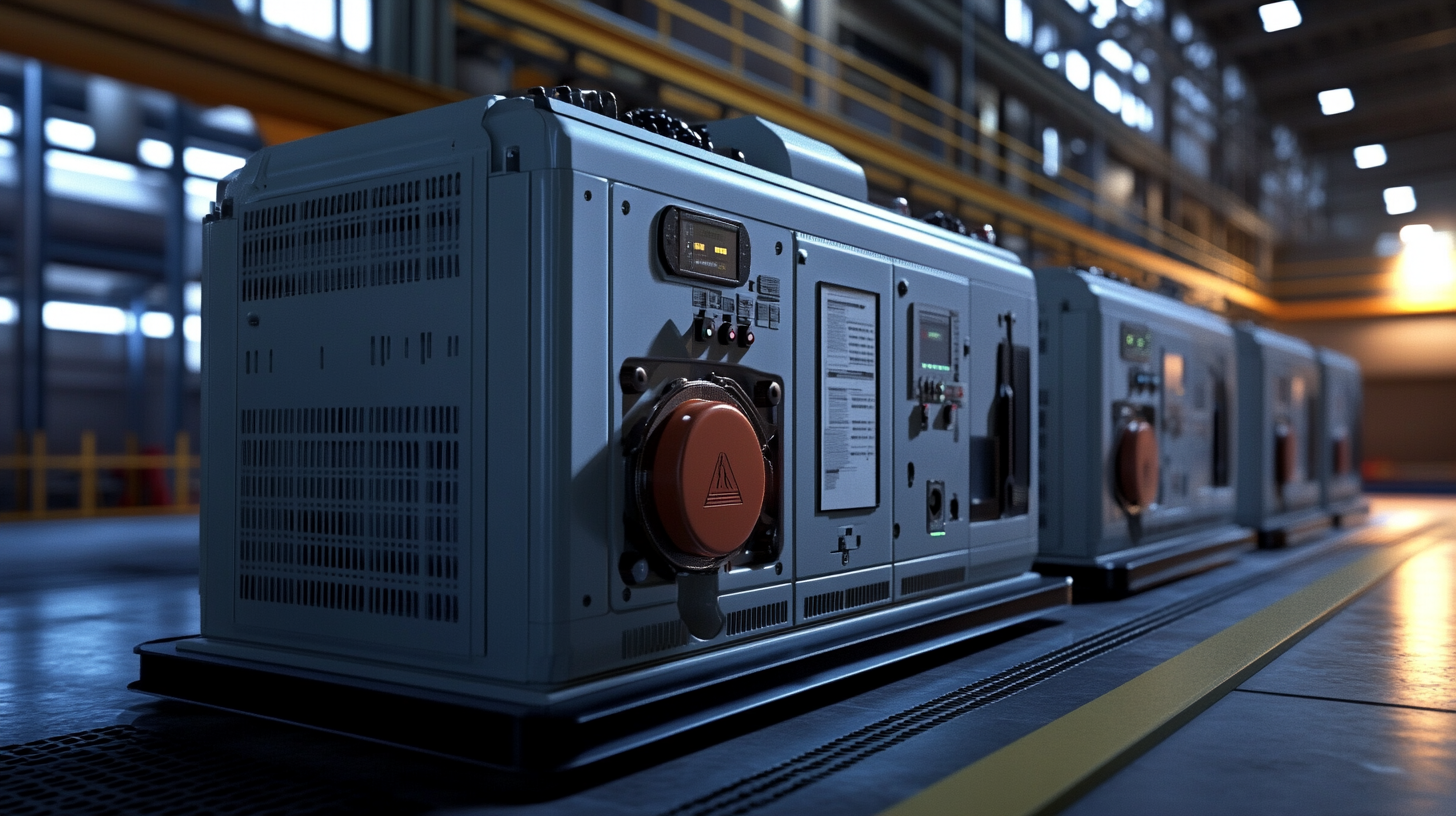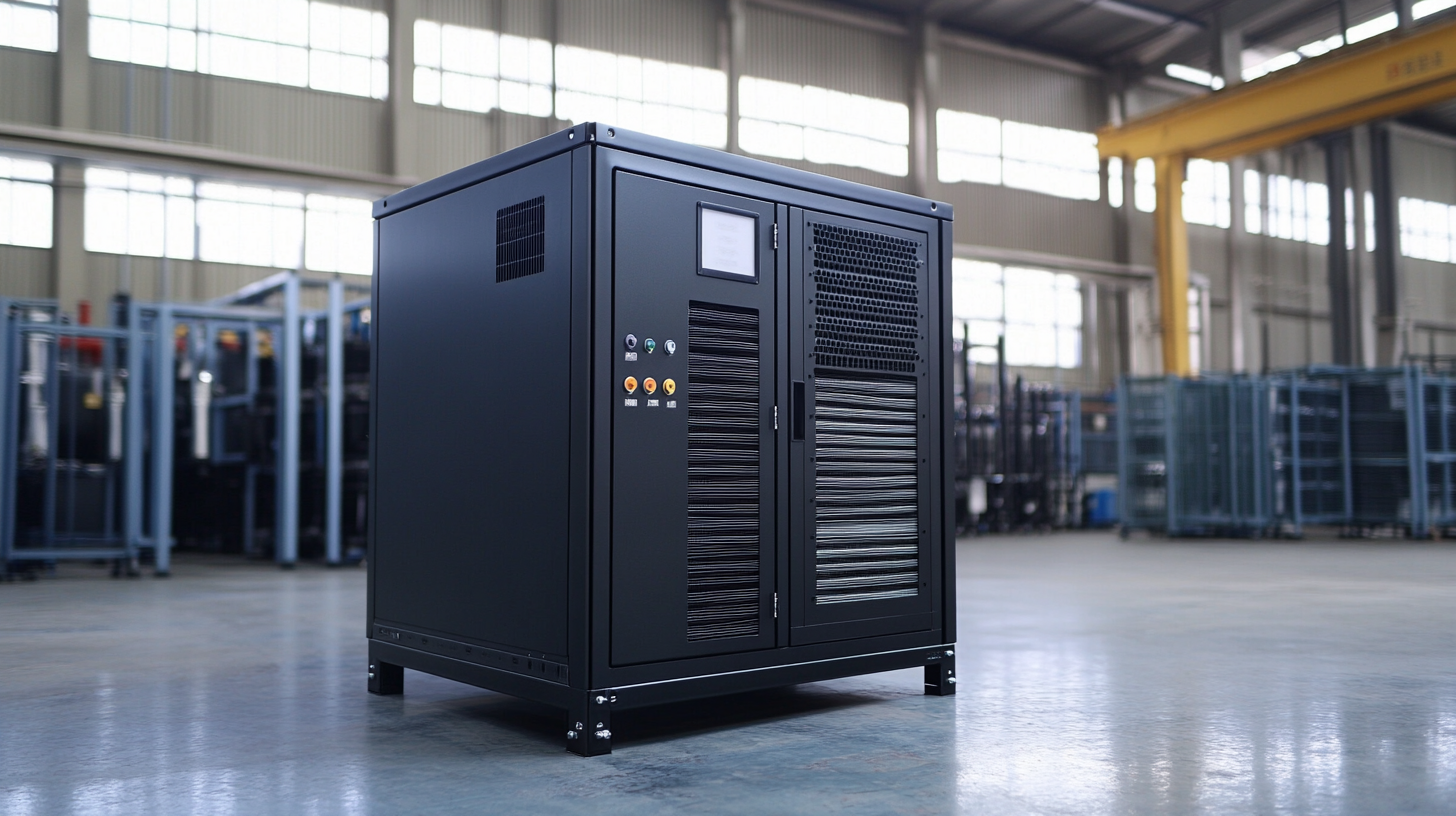
-
Home
-
Products
-
Service
-
About Us
-
Solution
-
Videos
-
News
-
Contact Us
Leave Your Message

 In recent years, the demand for Silent Type Generators has surged, with the global market expected to reach USD 7.5 billion by 2025, according to industry research from MarketsandMarkets. This growth is driven by the increasing need for noise pollution reduction and the rising reliance on backup power solutions across various sectors, including construction, events, and remote operations.
In recent years, the demand for Silent Type Generators has surged, with the global market expected to reach USD 7.5 billion by 2025, according to industry research from MarketsandMarkets. This growth is driven by the increasing need for noise pollution reduction and the rising reliance on backup power solutions across various sectors, including construction, events, and remote operations.
Silent Type Generators not only offer a quieter operation, rated at around 60 decibels or lower, but they also provide high-quality performance under diverse environmental conditions. As China solidifies its position as the leading manufacturer in this sector, the country is poised to enhance technological advancements that address both efficiency and sustainability.
This blog will explore the 2025 technological trends in the generator industry, highlighting the innovations that place Silent Type Generators at the forefront of future energy solutions.
When seeking a reputable silent generator manufacturer in China, it’s crucial to consider various factors that reflect the quality and reliability of their products. According to industry reports, the global generator market is projected to reach $22 billion by 2025, with silent generators gaining popularity due to their efficiency and quieter operation. A responsible manufacturer should not only comply with international standards but also innovate to enhance functionality and reduce environmental impact.

Potential buyers should rigorously evaluate the manufacturer's production capacity and technological expertise, as these elements significantly influence product quality. For instance, a manufacturer that utilizes advanced monitoring systems and data-driven approaches in their production processes ensures that each generator operates efficiently under varying conditions. Additionally, examining client testimonials and case studies can provide insights into the manufacturer's reputation.
One example includes recent support from governments supplying generators to aid critical infrastructure, which highlights the importance of reliability in emergency scenarios. Thorough due diligence will help you select a silent generator manufacturer that meets both quality and performance expectations.
When assessing the quality of silent type generators, several key factors come into play. The construction quality is paramount; look for robust materials that can withstand wear and tear while minimizing noise levels. High-quality silencers and soundproofing materials are essential in ensuring these generators operate quietly. Additionally, pay attention to the engine technology used, as advanced designs contribute to both efficiency and reduced noise output.
Another significant aspect to consider is the brand’s reputation and customer feedback. A company with a long-standing history in the industry usually has a proven track record and offers better warranties and support. Performance under different load conditions also matters; ensure that the generator is tested for reliability in both low and high operational demands to ensure it meets your specific needs.
In the competitive landscape of generator manufacturing, understanding certifications and standards is crucial for ensuring high product quality and consumer safety. The industry is becoming increasingly regulated, with various certifications like ETL and seismic certifications becoming paramount, particularly for products intended for critical applications, such as hospitals and disaster response. Reports indicate that compliance with these standards not only enhances consumer trust but also expands the market reach of manufacturers. In 2022, compliance with international standards was identified as a significant factor contributing to a 30% increase in sales for companies adhering to regulatory requirements.
Moreover, innovations in product design are pushing the envelope when it comes to environmental sustainability. Recent advancements have led to the creation of high-efficiency generators capable of converting lost heat into electricity. Such technologies are essential as they align with global initiatives aimed at reducing carbon footprints. The integration of these innovations is further corroborated by the introduction of specialized certifications, which denote that products meet stringent performance criteria. As the industry evolves, adherence to these certifications will play an integral role in defining the future landscape of generator manufacturing in China and beyond.
This chart illustrates the compliance rates of various certifications among manufacturers of high-quality silent type generators. The data reflects the adherence to essential certifications and standards required in the global market.
When considering the procurement of silent type generators, sourcing from China presents a wealth of advantages. One of the primary benefits is cost-effectiveness. China has a robust manufacturing infrastructure, allowing companies to produce high-quality generators at competitive prices. The economies of scale achieved through mass production ultimately translate into significant savings for businesses looking to invest in reliable power solutions.
In addition to cost advantages, Chinese manufacturers are renowned for their commitment to quality and innovation. Many factories employ advanced technologies and adhere to strict international standards, ensuring that their silent generators not only operate efficiently but also meet stringent noise regulations. Moreover, the growing emphasis on environmentally friendly designs means that these generators are often equipped with features that minimize emissions, making them a sustainable choice for businesses concerned about their ecological footprint. Sourcing from China thus not only meets the operational needs of companies but also aligns with their corporate social responsibility initiatives.

When communicating with Chinese manufacturers, clear and effective dialogue is crucial for successful collaboration, especially in the highly competitive landscape of high-quality silent type generators. To ensure your message is understood and actionable, consider these best practices.
Firstly, be explicit in your requirements. Use concise language and avoid jargon that might confuse non-native speakers. For example, instead of saying "high performance," specify "1500 RPM with low noise level." This clarity will help minimize misunderstandings and align expectations.
Secondly, establish regular check-ins throughout the production process. Regular updates can prevent delays and keep both parties informed about progress and challenges. Use visual aids like diagrams or photos to enhance your communication, as they can transcend language barriers and provide a clearer picture of your needs.
Lastly, fostering a respectful relationship with your manufacturers is key. Taking the time to understand cultural nuances and showing appreciation for their expertise can build trust and collaboration. This rapport can lead to better quality products and more successful partnerships in the long run.
| Communication Best Practices | Importance Level | Frequency of Use | Recommended Tools |
|---|---|---|---|
| Clear Specifications | High | Always | Email, PDF Documents |
| Regular Updates | Medium | Weekly | Instant Messaging Apps, Calls |
| Cultural Understanding | High | Occasional | Training Resources, Articles |
| Building Relationships | High | As Needed | Face-to-Face Meetings, Networking Events |
| Feedback Mechanism | Medium | Monthly | Surveys, Follow-up Emails |